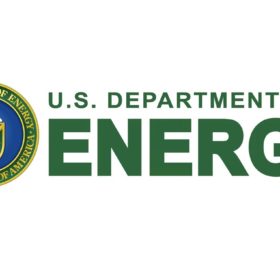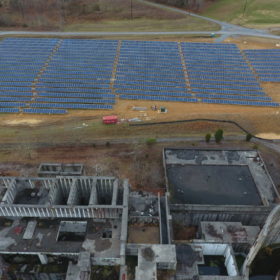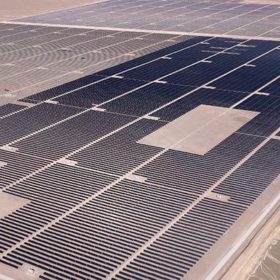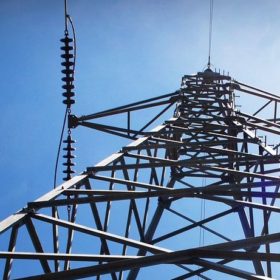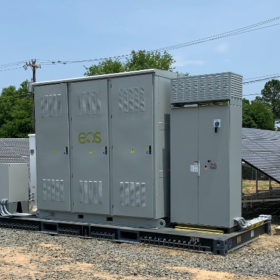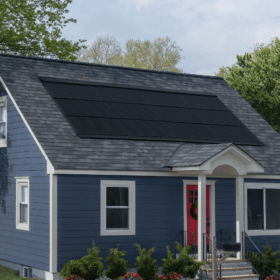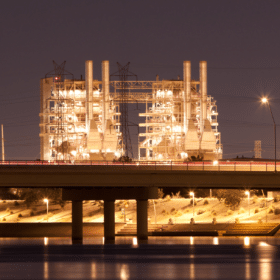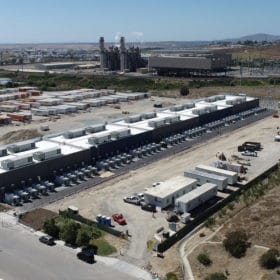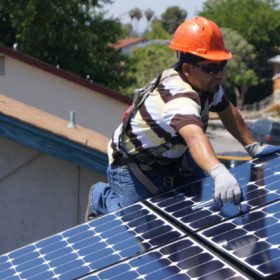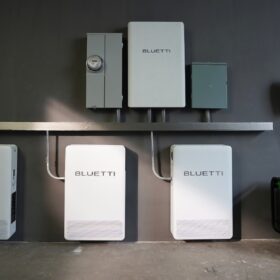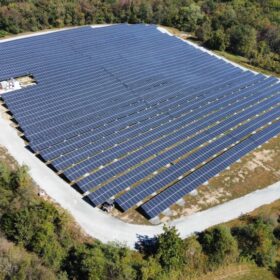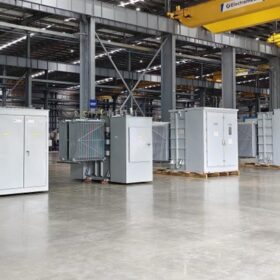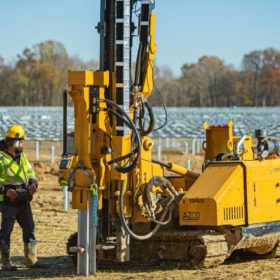Twitter predicts the US Department of Energy Secretary in a Joe Biden administration
If Biden wins and if Twitter is accurate, the next DOE secretary will be…
Lawsuit challenges TVA’s anti-solar “never-ending contracts” with its utility customers
The utilities that buy power from TVA, and the 10 million people they serve, will be limited in accessing low-cost solar power unless a federal court invalidates what a lawsuit calls TVA’s “never-ending contracts.” Three citizens’ groups brought the lawsuit, claiming TVA violated a federal environmental law.
Sunrun and GRID fight California blackouts with free batteries for low-income households
“Storage is critical for equity,” says Sunrun CEO Lynn Jurich — and putting more standalone storage on the grid means less electricity going through wires in wildfire-prone areas.
Morning Brief: PV plant providing grid ancillary services in Chile, Capital Dynamics to develop nine batteries
Also in the brief: Global Energy Generation’ proposed 4,500-acre Mammoth Solar project in Pulaski County, Indiana, may have a role to play in Winamac’s revitalization efforts, Dominion Energy acquired a solar power project in Orange County, the laws that prevent carbon cutting and more.
Money Talks: California residents earn big bucks for easing grid strain
As California’s energy crisis rages, one company has been paying customers handsomely to to power down in times of peak strain on the grid.
Blackstone pumps $300 million into Loanpal’s residential solar finance platform
The new investment will allow for the financing of more than 10,000 residential solar systems.
How standards can ensure battery safety
There’s no understating the importance of maintaining a safe battery system, and that maintenance will become only more important as battery adoption grows exponentially in the coming years. Fortunately, new standards are being developed alongside existing protocol to make safety management uniform and manageable.
Morning Brief: GAF Energy and Sunnova partner to offer roof-integrated PV and solar services
Also in the brief: Western Australia’s largest operating solar project, California’s recent grid woes
Adding long-duration storage to the gas fleet lets the grid absorb more solar and avoid brownouts
Bill Conlon, founder of Pintail Power, believes hybridizing the existing gas turbine fleet with long-duration molten salt storage can help balance today’s complex grid and absorb more now-curtailed solar.
LS Power completes the world’s largest active battery storage system
It’s a title that is becoming more contentious by the day, but for the time being, LS Power’s 250 MW Gateway project in San Diego, California is the biggest battery in the world.
